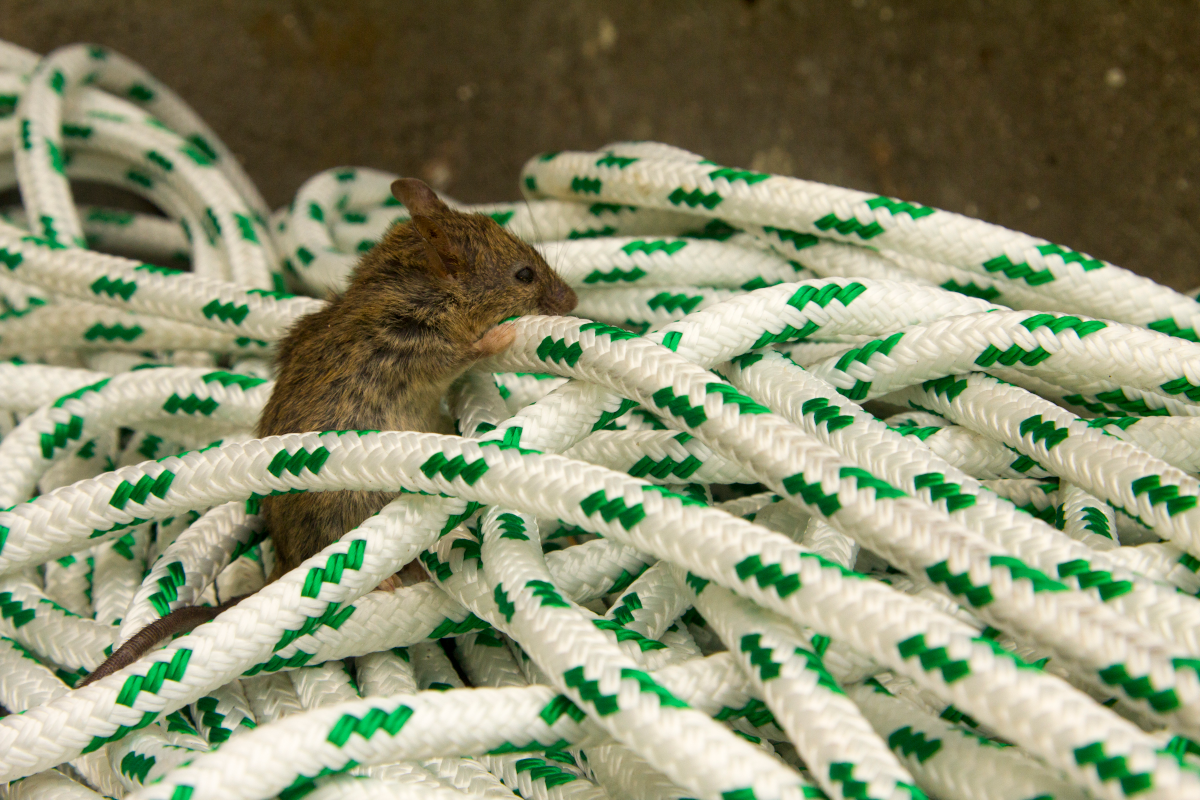Bridging the divide: ‘One Biosecurity’ emerges as critical for global health
Recent paper by CIB Core Team member, Prof John Wilson, highlights that One Biosecurity is essential to implement One Health.
Comments Off on Bridging the divide: ‘One Biosecurity’ emerges as critical for global health
19 August 2025


